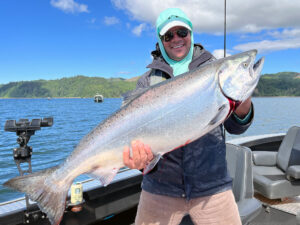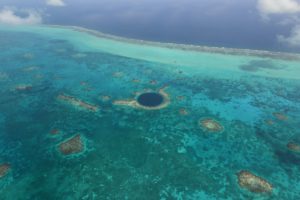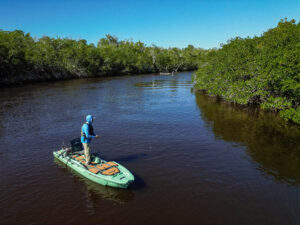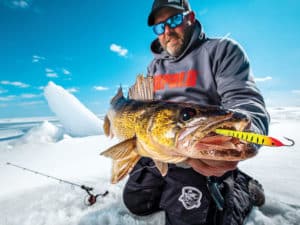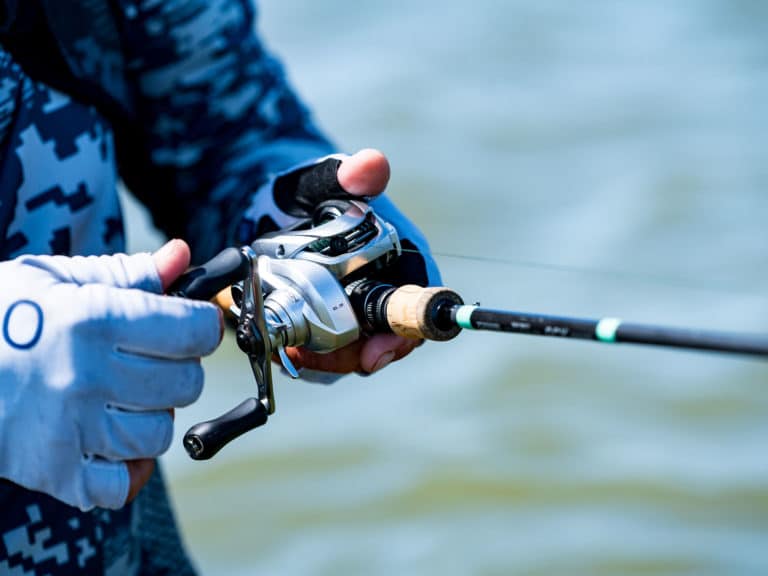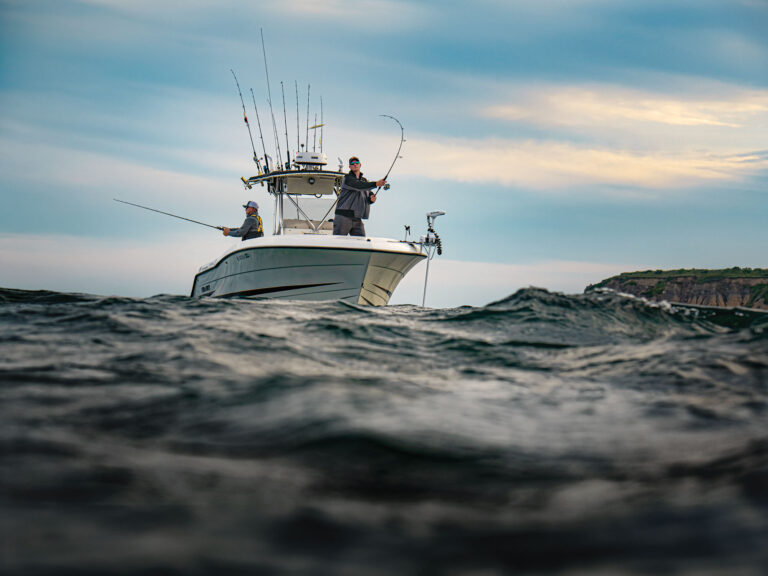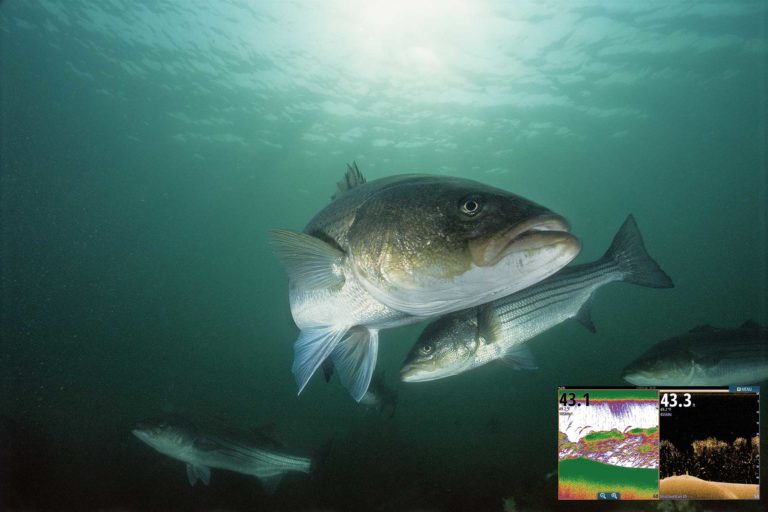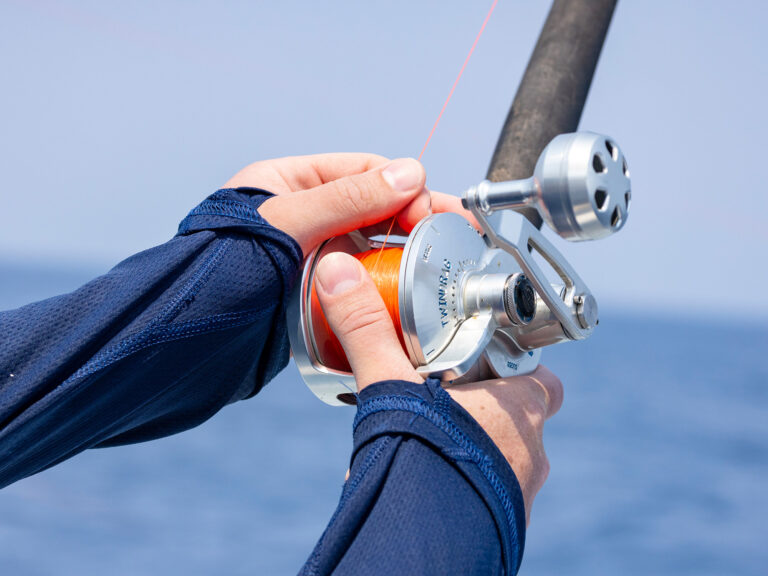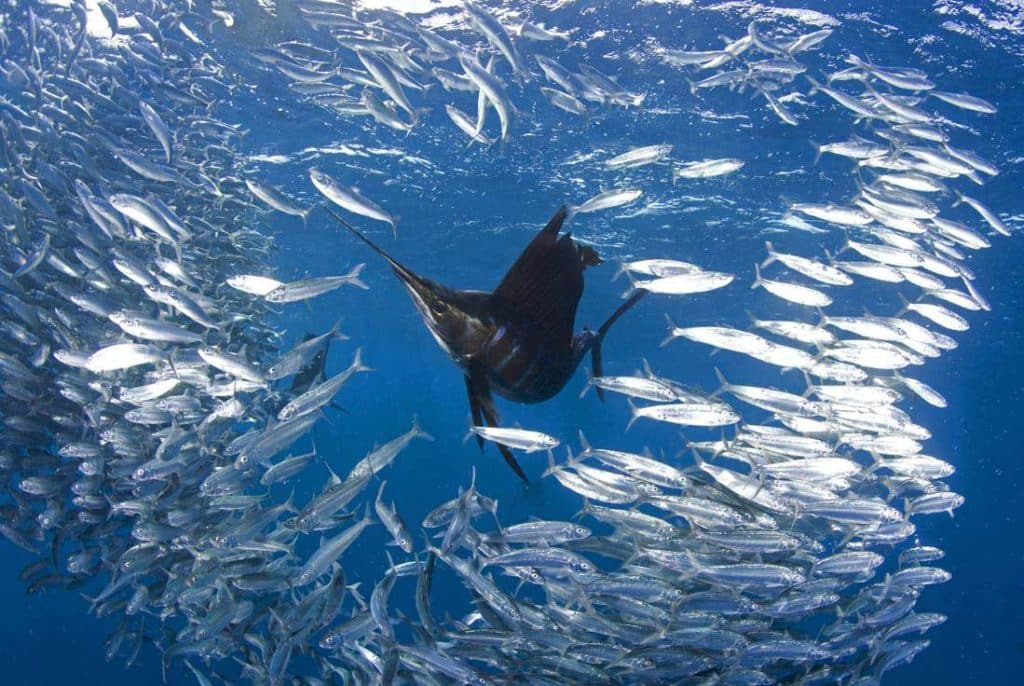
Although these 13 hot spots aren’t the only places in the world to go for great sailfishing, they’re among the best bets to find the best sailfishing in the world. By any measure, in various respects, each deserves close consideration.
Note that the destinations have been ordered not by relative merit, since our goal is not to rate these spots but to help you compare them and what each offers. I’ve divided them into three groups per the oceans where you can find the best places to catch sailfish, within each grouping more-or-less based on distance from the United States.
Atlantic Ocean
Florida — Southeast to Upper Keys
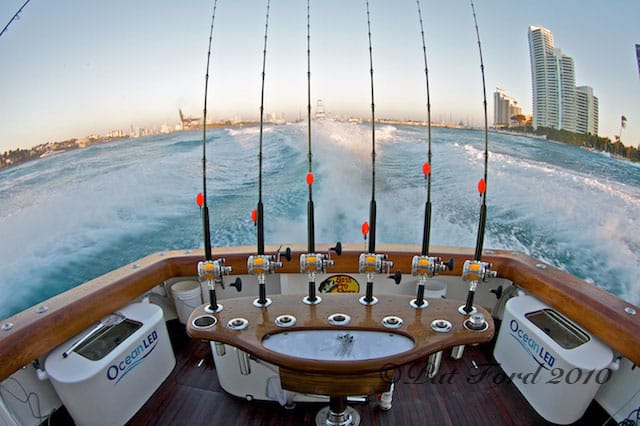
While some of the best sailfish action occurs in remote or exotic locales, in fact, you don’t have to travel across the globe for great fishing. The Florida Keys winter/spring fishery can offer world-class action, at times truly spectacular. Consider a winter tournament with 24 boats tallying 424 sailfish releases over two days. Serious sail anglers look for north winds driven by frontal systems. The conditions get pretty rugged but that’s when you’ll find sails in abundant, scattered packs tailing down-sea. From Stuart north, anglers generally troll ballyhoo; to the south, live baits fished under kites or slow-trolled are the norm.
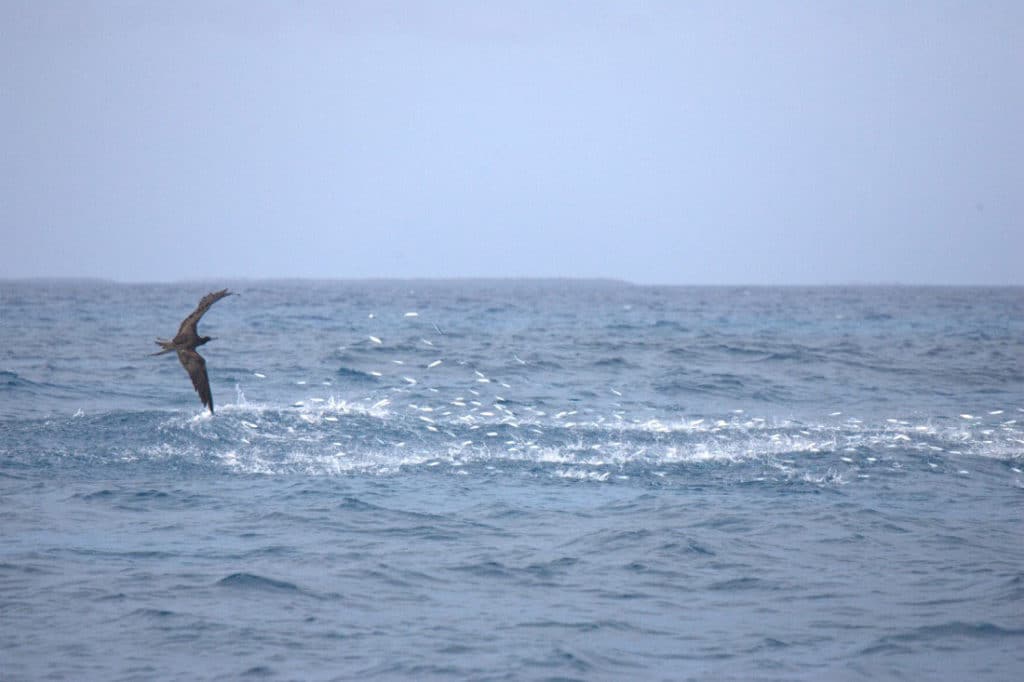
Why You Should Go: Hot sailfishing without leaving the country from January into May. The run to fish is often within 10 miles; for some areas (Palm Beach and adjacent) it might be just two or three. No shortage of charters, marinas, etc. At times, many exciting sight-casting/pitch-baiting opportunities.
But… Most sails run 30 to 50 pounds, so fish light. Weekends might get a bit crowded in popular areas offshore.
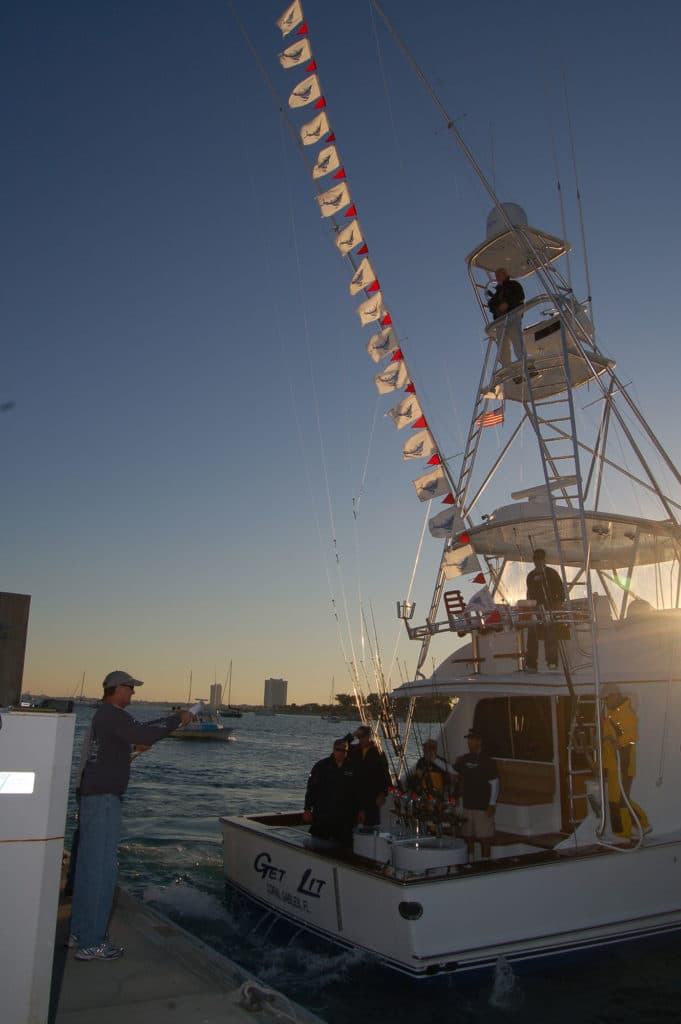
Contact: Capt. Randy Yates in West Palm Beach; Capt. Ray Rosher in Miami; Capt. Greg Eklund in Islamorada, Florida Keys (Note: There’s a wealth of many excellent skippers/charters up and down this coast.)
Mexico — Isla Mujeres
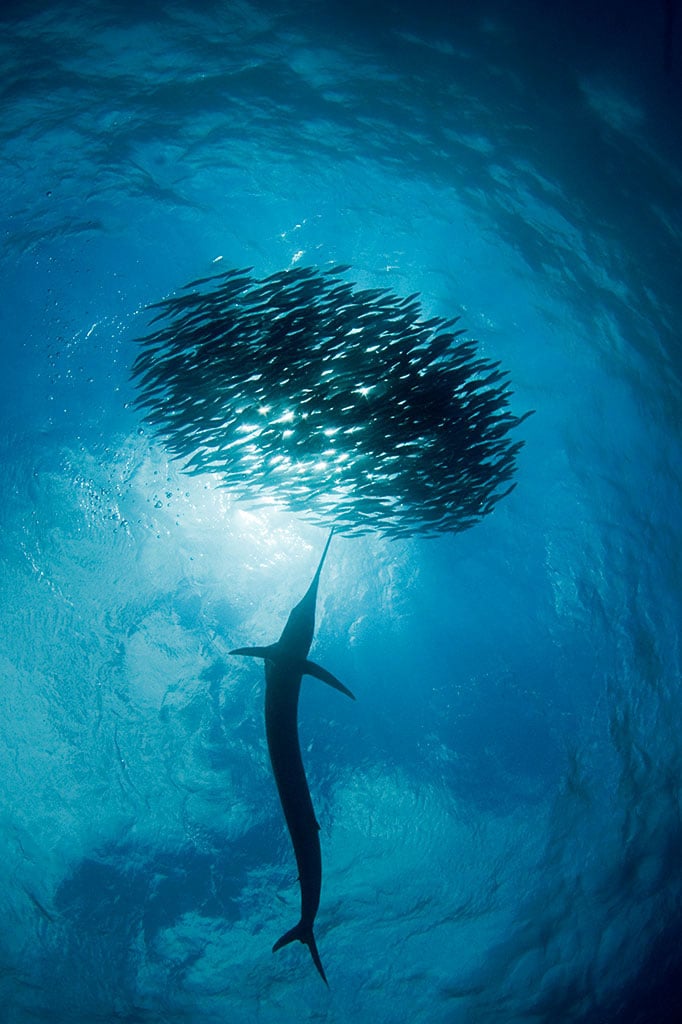
Just off the Yucatan Peninsula, this small, personable island is a short ferry ride from Cancun. For many years, its waters have produced fabulous underwater photography showing hordes of sailfish decimating huge bait balls; anglers look for just such scenarios during the January-to-June peak season for sails.
Why You Should Go: When bait abounds, action on the grounds can be dramatic and ferocious. Long runs to fish are rare. Minimal time commitment or cost is required to get here, generally (just two hours from Miami).
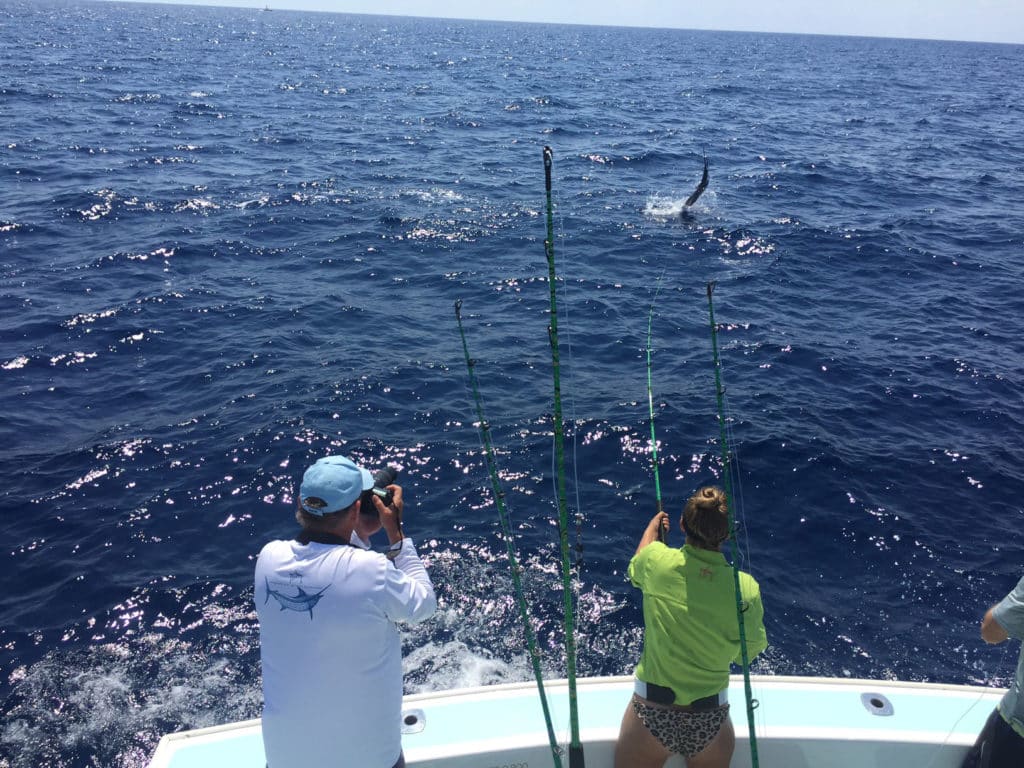
But… Winds can be blustery and seas rugged when sails are thickest. Isla sails are generally of modest size. Fishing live baits is illegal for foreign boats, so most troll ballyhoo.
Contact: Capt. Anthony Mendillo Jr. at Keen M International
West Africa — Senegal
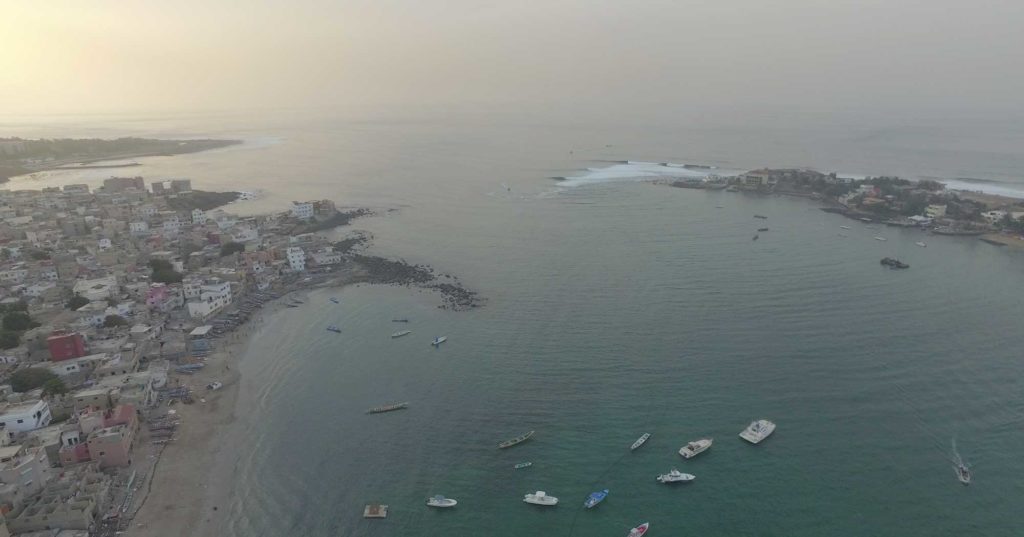
On the Cape Verde Peninsula, this westernmost, French-speaking city offers the potential for great action all summer and well into the fall.
Why You Should Go: Anglers can rack up big numbers of sails off Senegal while enjoying a relatively safe and very exotic African experience. Charters generally work at modest rates and the run to fish is often short.
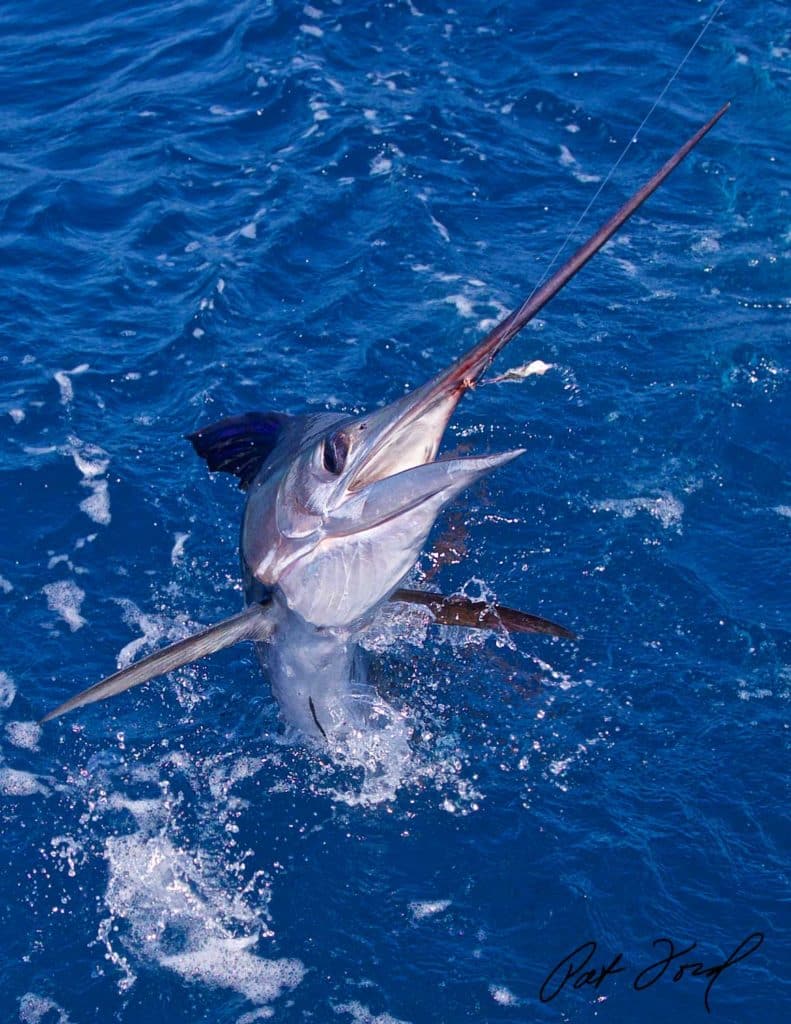
But… You’ll need a day plus to travel to Dakar, and $3,000 to $4,000 for round-trip airfare from Miami makes it rather costly among Atlantic sailfish hotspots.
Contact: Atlantic Evasion
West Africa — Angola
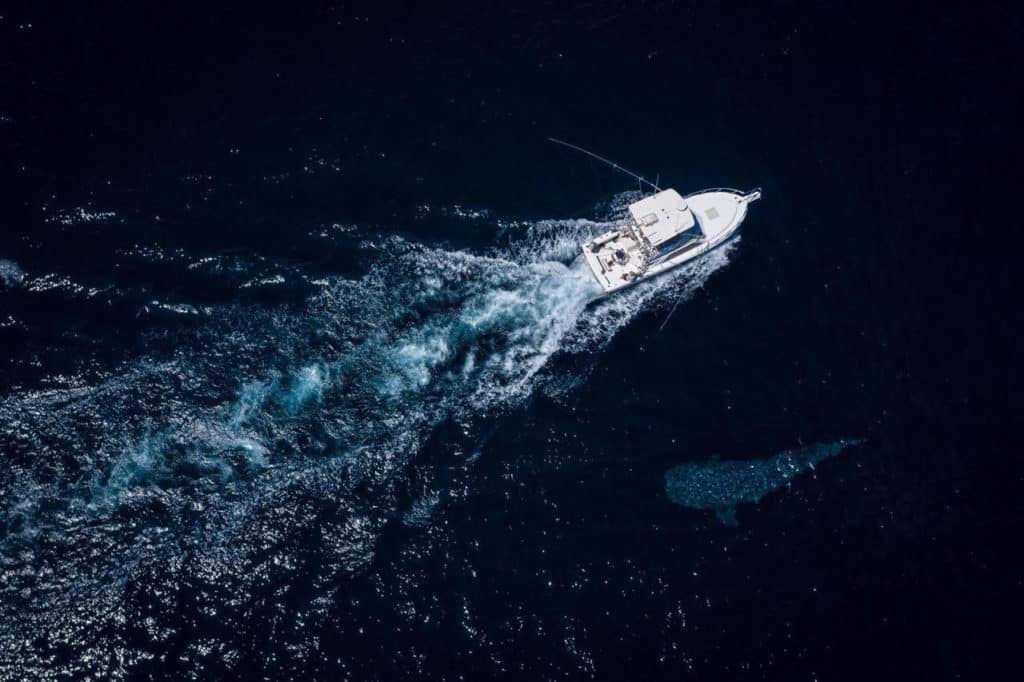
When it comes to Atlantic sailfish, Angola has long been associated with big fish since the current all-tackle world-record Atlantic sailfish of 142 pounds, 6 ounces, was taken here in 2014, along with most of the 100-plus-pound records. This is one reason that interest in Angola remains high among sailfish enthusiasts. Globe-trotting anglers say these sails fight noticeably harder than Pacific sails of similar size.
Why You Should Go: Triple-digit sails aren’t at all unlikely. Seas are usually flat and the run to fish short; sport-fishing pressure is light. Blue marlin in the 500-pound range prowl the same waters (and frequently take sailfish baits).
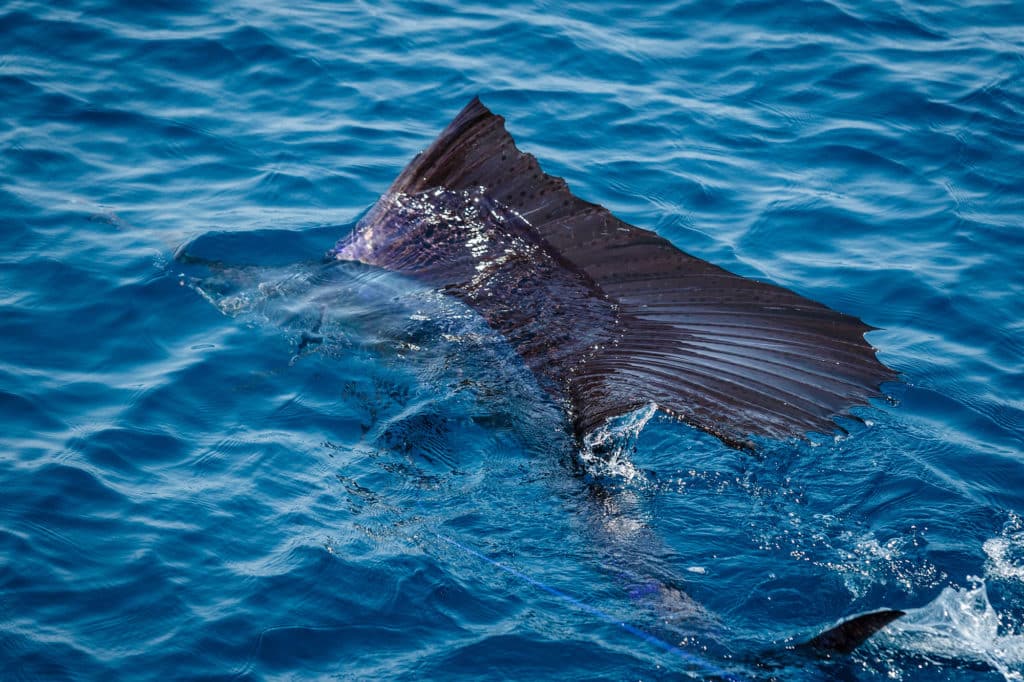
But… Not a place for numbers like Guatemala or Malaysia, but an angler can expect two to eight shots typically, and 10- to 20-shot days are definitely not unheard of (and these are big fish). While good to check the U.S. State Department’s travel advisories for the latest, in recent years Angola has been listed as a level 1 (“normal precautions”).
Contact: Iain Nicolson in Luanda)
Pacific Ocean
Mexico — East Cape, Baja California Sur
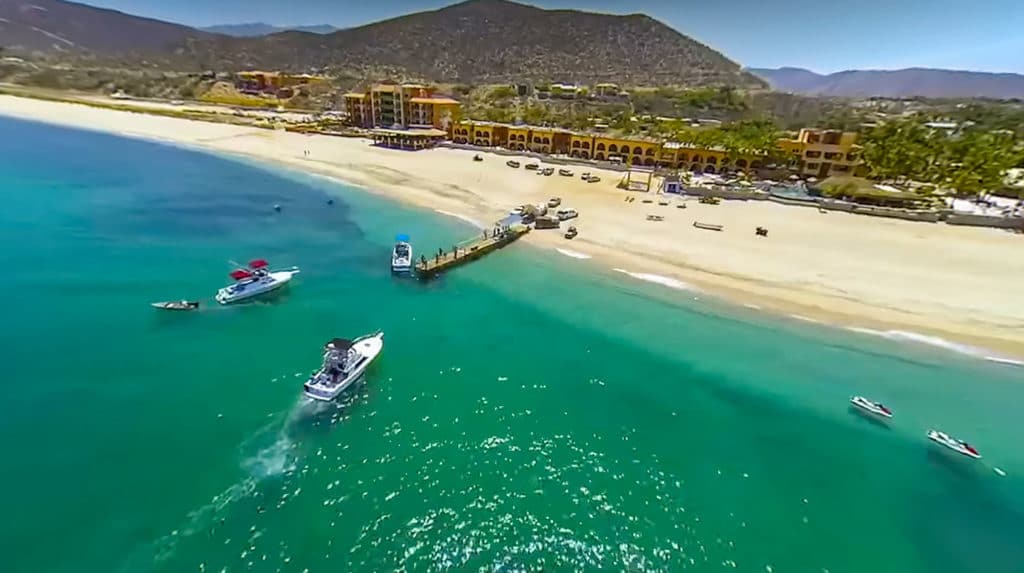
Baja’s East Cape doesn’t offer sails in numbers like some Central American hotspots; however, it’s close and easy to reach, and generally has far better odds for big sails than most people realize plus, of course, outstanding mixed-bag fishing.
Why You Should Go: An affordable option for shots at triple-digit sails, commonly 60 to 120 pounds, in waters very often very calm. A long season runs most of spring through midautumn. Super slams are possible with black, striped and blue marlin common here. Travel costs are reasonable, and fishing packages at resorts can be excellent.
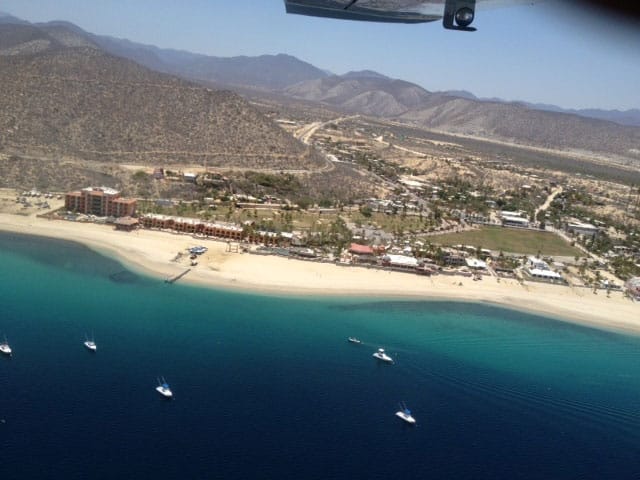
But… Not a spot to rack up numbers. Charters often run some distance — 10 to 30 miles — to the fish.
Contact: Jen Wren Sportfishing and Hotel Palmas de Cortez
Guatemala — Iztapa
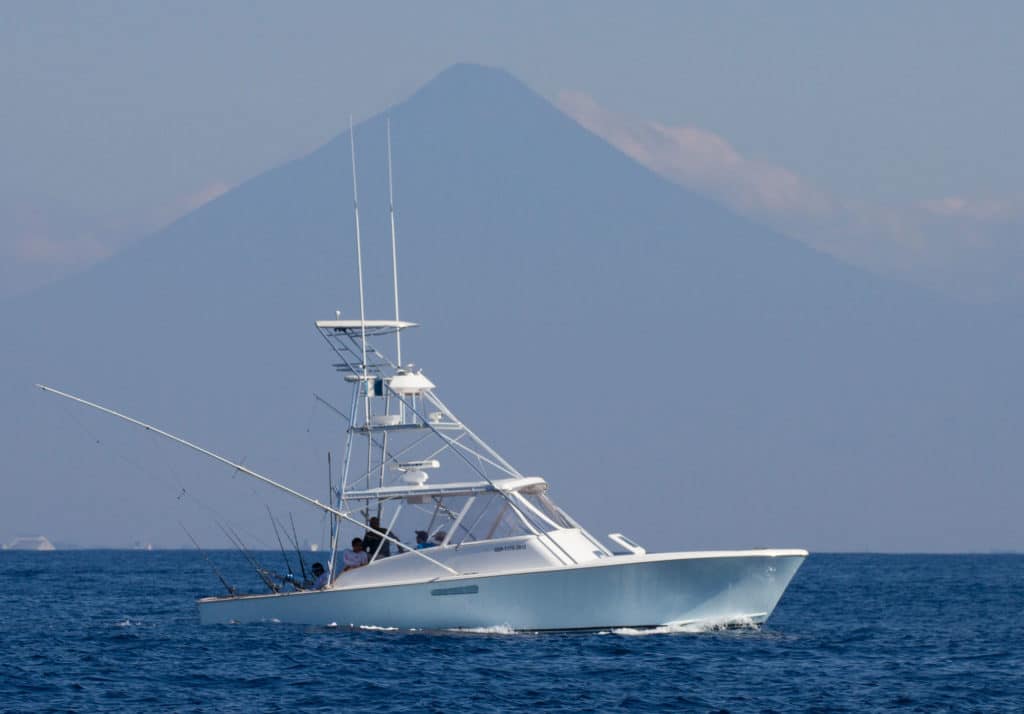
No spot in the world is more renowned for its sailfishing than Guatemala. That’s not surprising when given the often-phenomenal and at times nonstop action anglers can enjoy here.
Why You Should Go: On better days (and these are often), you can expect at least 20 shots and sometimes many, many more. And these are big fish – running 80 to 105 pounds for the most part. But wait, there’s more: Most of the time, the Pacific here is calm. Travel costs from the states will set you back neither an arm nor a leg. Outstanding boats and crews, experienced for light-tackle and fly-rod bait/switch action.
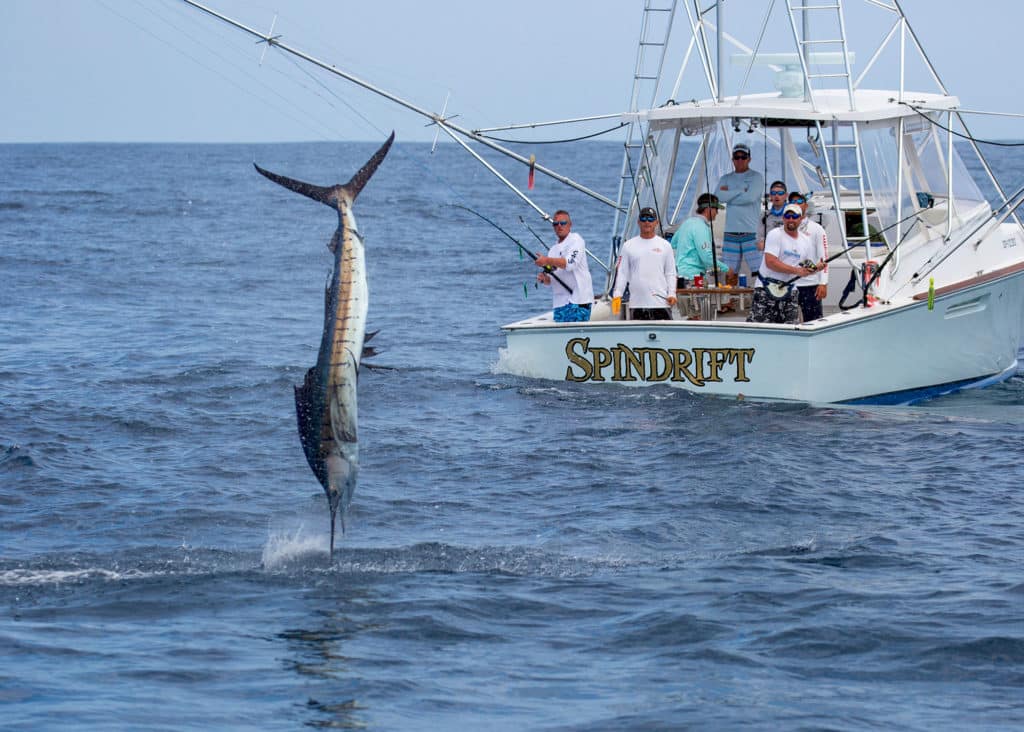
But… Expectations can run too high; even here there are no guarantees, and off-days do happen. The run to find fish might be quite close but at times could be 20 to 40 miles or more.
Contact: Casa Vieja Lodge
El Salvador
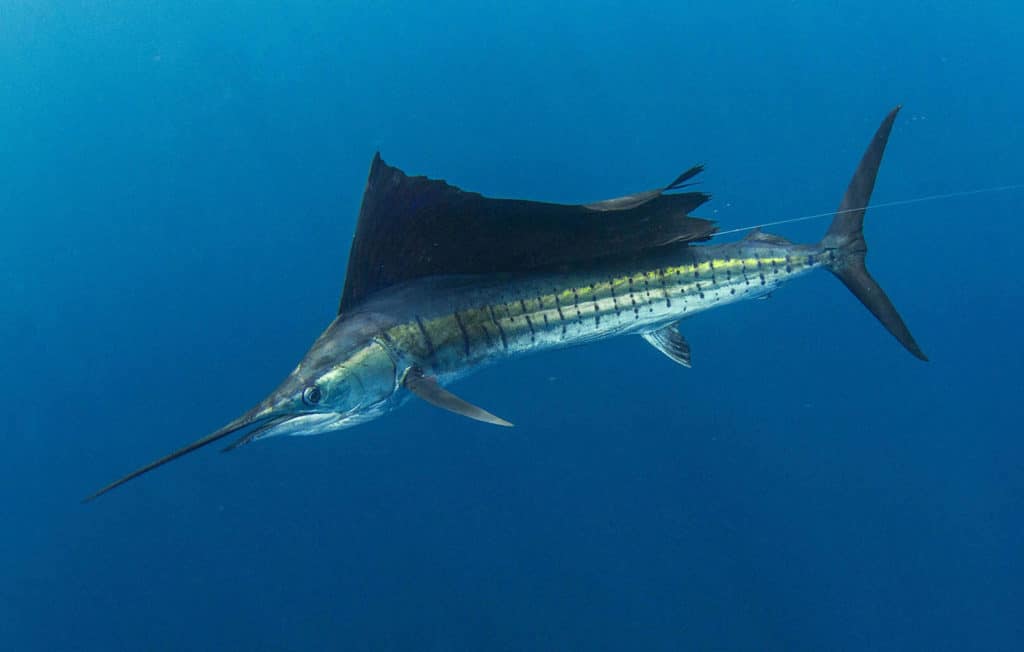
El Salvador offers sailfish action comparable to its neighbor, Guatemala, though far fewer boats fish these waters, which has been mostly off the radar for American anglers.Why You Should Go: During the long (October through March) season, expect 15 to 20 shots on a typical day, mostly with light winds and big fish (the same size as Guatemala’s). You’re unlikely to see any other boats fishing sails. Excellent concentrations of marlin at times.
But… Unlike Guatemala, good and reliable charters are few. The run to fish can be 30-plus miles.
Contact: Blue Sail Sportfishing Charters
Costa Rica — Los Sueños
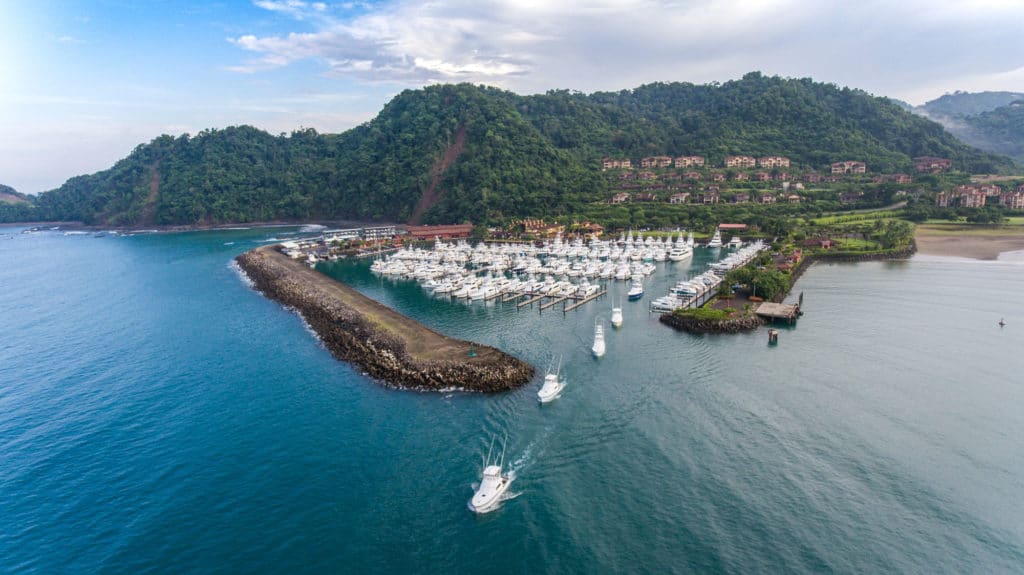
From December through August (excluding May, which is often slower), sailfishing can be hot off the central Costa Rica coast. In fact, Costa Rica’s Pacific coast offers great fishing opportunities throughout the year, from Golfito in the south to Papagayo in the north, with an abundance of great resorts, marinas and charters.
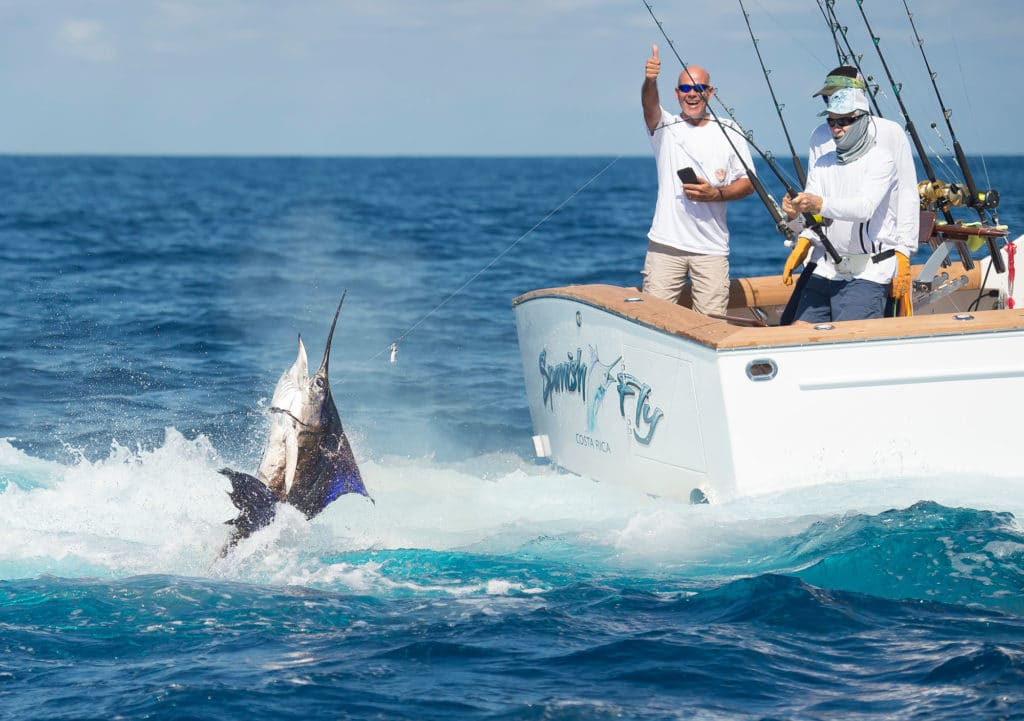
Why You Should Go: Again, expect very big eastern Pacific sails to be the norm, up to 120 pounds and sometimes much larger. Ocean conditions vary widely by area and season, and while they can be rough, more often the Pacific is tranquil. Costa Rica prides itself on being accessible and inviting to tourists, with travel generally easy and safe. Plenty of options await for other big-game pelagics, in particular at times for tremendous blue marlin action around seamounts in the summer.
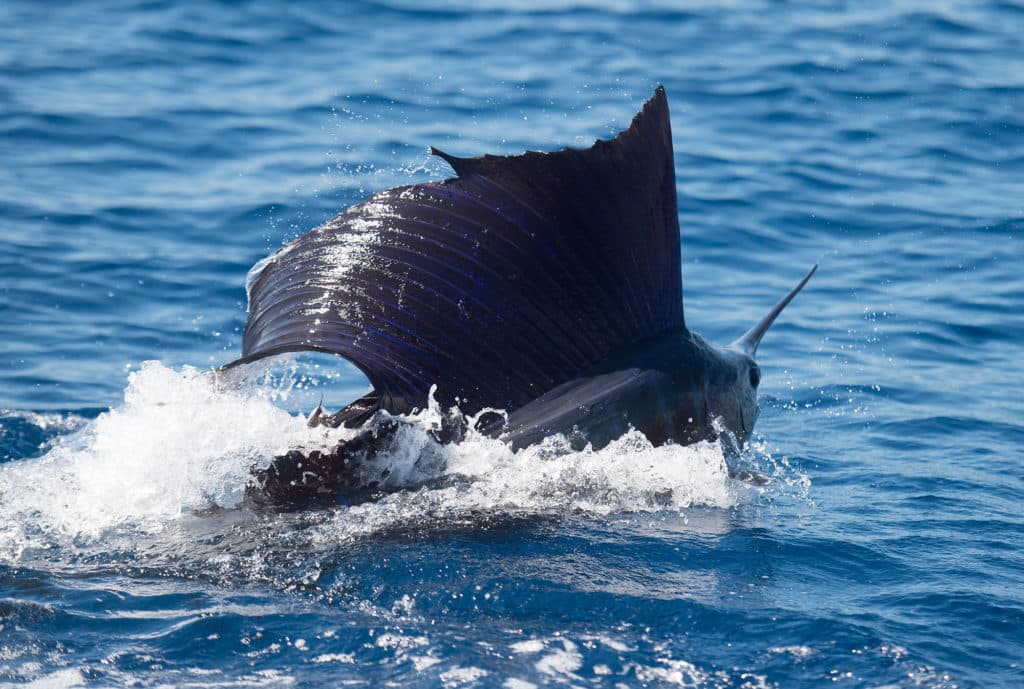
But… Seasonal incursions of cold or green water can shut down sailfishing at times anywhere along the country’s coast.
Contact: Will Drost at Maverick Costa Rica
Panama — Piñas Bay
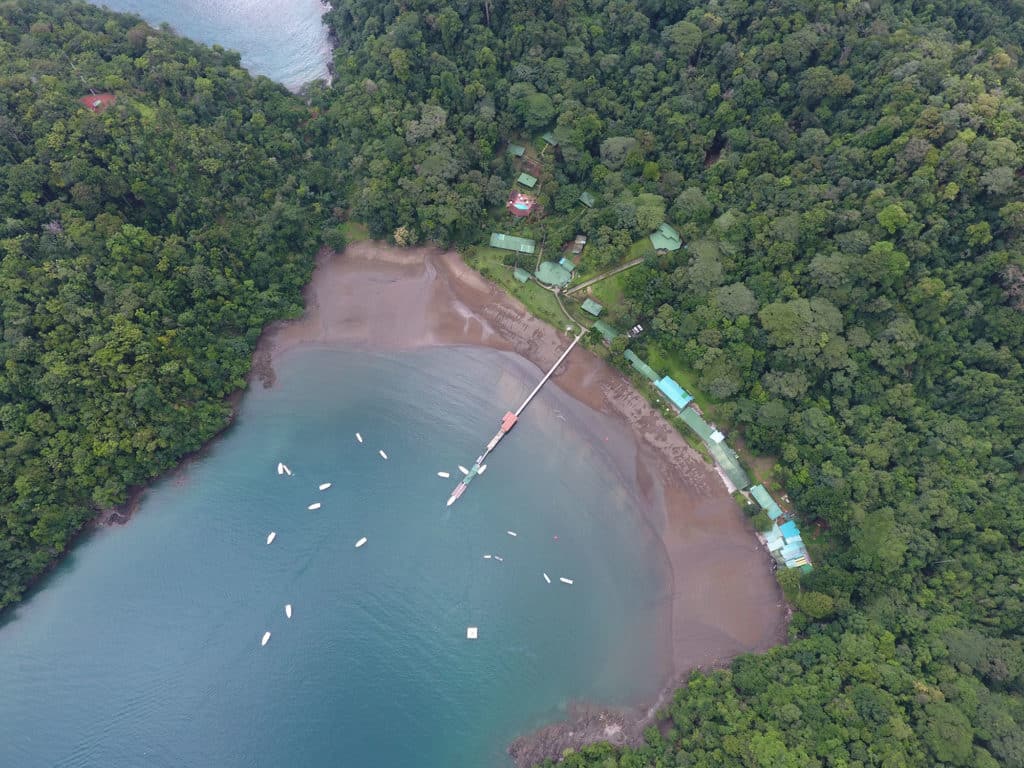
Time it so you’re here when sails are whacking sardines (mostly likely to happen May through July), and you’ll enjoy triple and quad hookups. December and January are good alternative months for sails. Just watch out for grander marlin (both blacks and blues) here as well — Tropic Star boats hook ’em. Many line-class record sails, to nearly 200 pounds, have been weighed in here.
Why You Should Go: Calm waters, big sails and often very short runs to lines-in all make for world-class sailfishing when timed right. Staying at famed Tropic Star Lodge is a bonus. Quick flight down to Panama City at affordable rates. Outstanding boats/crews for anglers looking to sight-cast, pitching baits or casting flies to sails.
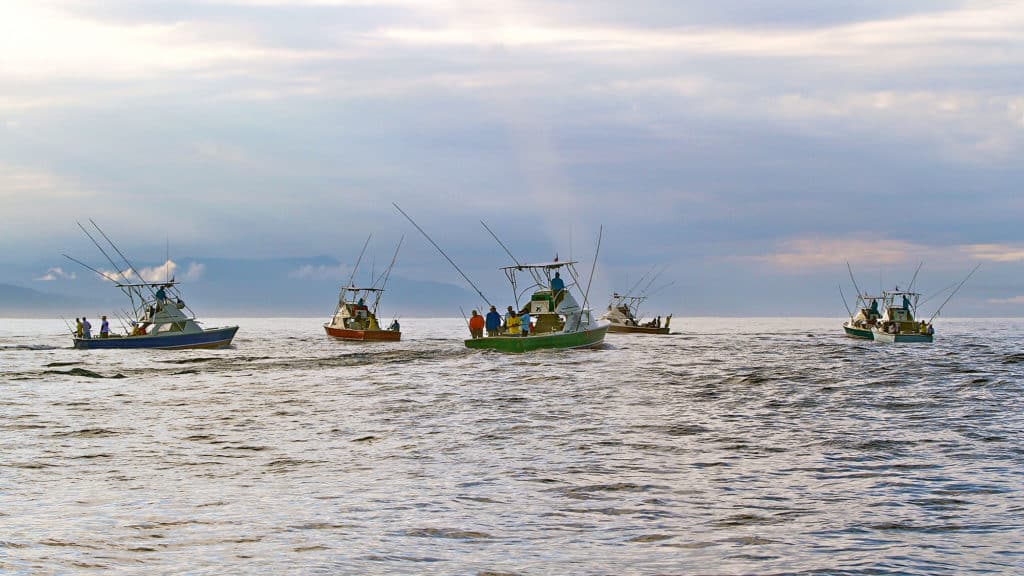
But… Fabulous lodge though no bargain rates, nor are there less-pricey alternatives in the area. Overnight in Panama City generally required en route and sometimes when returning to the states as well.
Contact: Tropic Star Lodge
Tonga — Vava’u
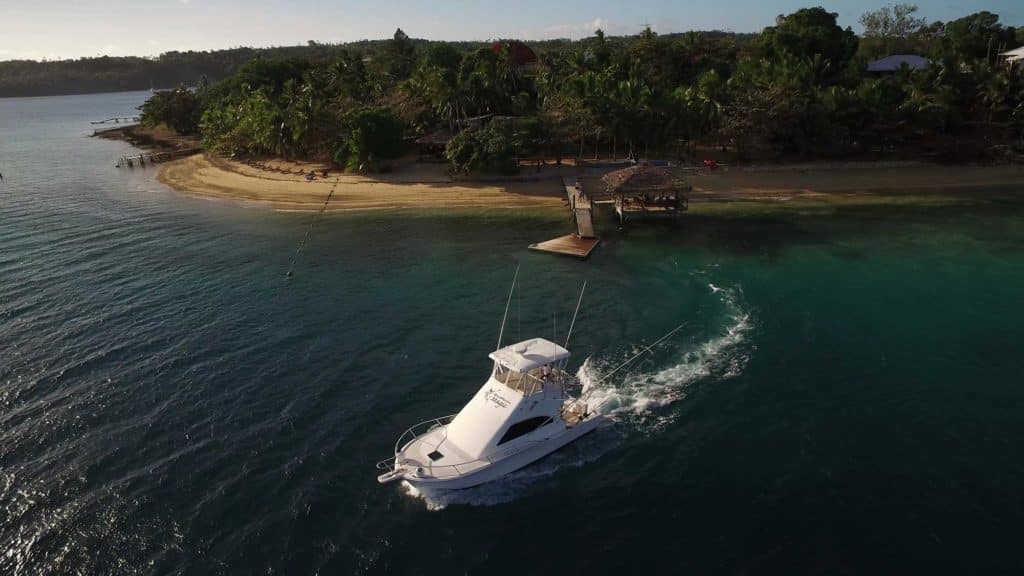
A search of Google Maps will show the geographically impaired that the Kingdom of Tonga lies northeast of New Zealand, about halfway to the equator. For most of us, that’s a long way to go to catch a sailfish, but some of the world’s biggest reputedly prowl these waters. Effort for the species remains minimal.
Why You Should Go: Not a bad place to look for a world record; the men’s 50-pound line-class record of 210 1/2 pounds was taken here, with sails larger than the all-tackle record 221 pounds (from Ecuador) probably caught but never weighed. The run to start fishing can be fairly short and often begins working along steep reef edges — where you may catch big yellowfin and wahoo as well (and of course closer to the reefs, dogtooth tuna and giant trevally).
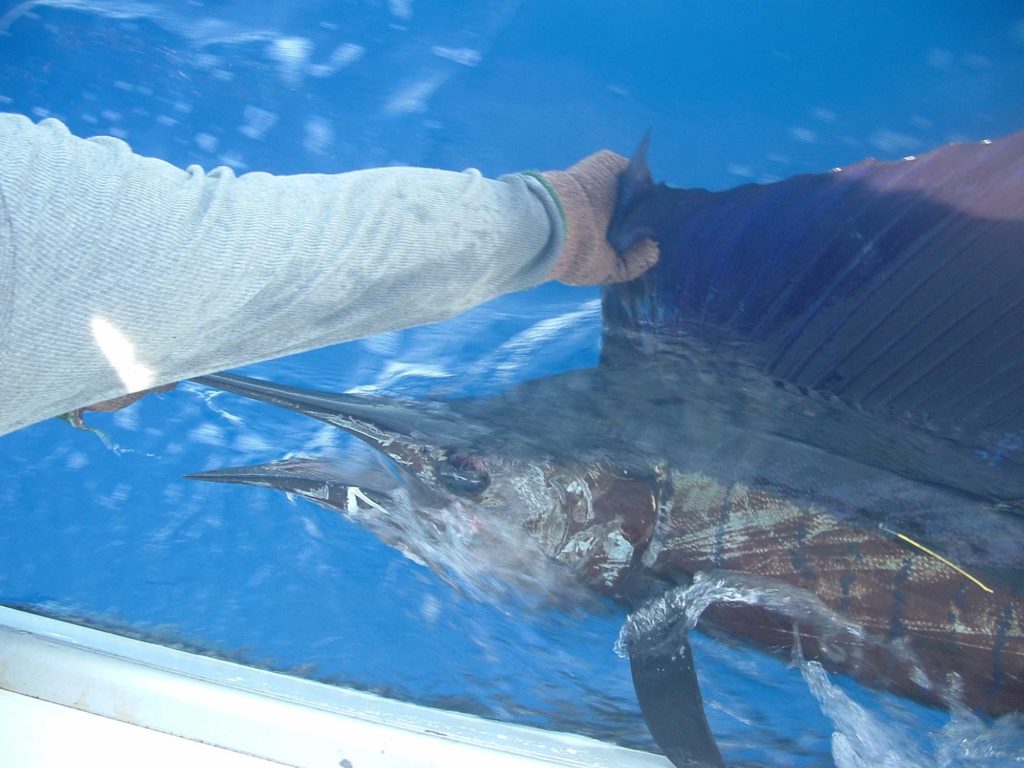
But… During the best sailfish season (winter in the southern hemisphere), 15- to 20-knot tradewinds blow constantly. Also, given Tonga’s remote location, figure many hours of travel to get there (via Auckland or Sydney).
Contact: Capt. Steve Campbell at Blue Marlin Magic Sport Fishing Adventures
Indian Ocean
East Africa — Kenya
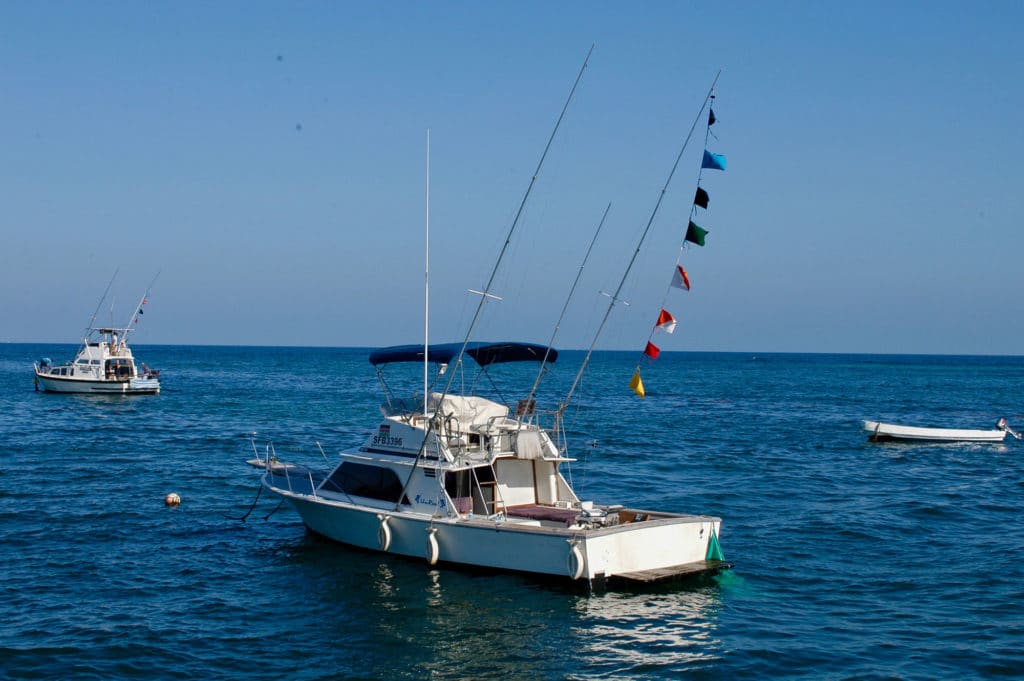
For decades, anglers have come to Watamu on the coast of Kenya in pursuit of western Indian Ocean sails. The warm northern Kaskazi winds blow October through March, maintaining water temps favorable for sails, and around shallow ledges (Malindi and Mambrui) and Watamu Banks, baitfish aggregate attracting sails as well as other pelagic gamefish.
Why You Should Go: Don’t like long runs to fish? Here, lines can go in as little as a mile from the beach. Seas stay calm mostly and crowds are nil. These waters are also known for nighttime swordfishing. Charters are cheap.
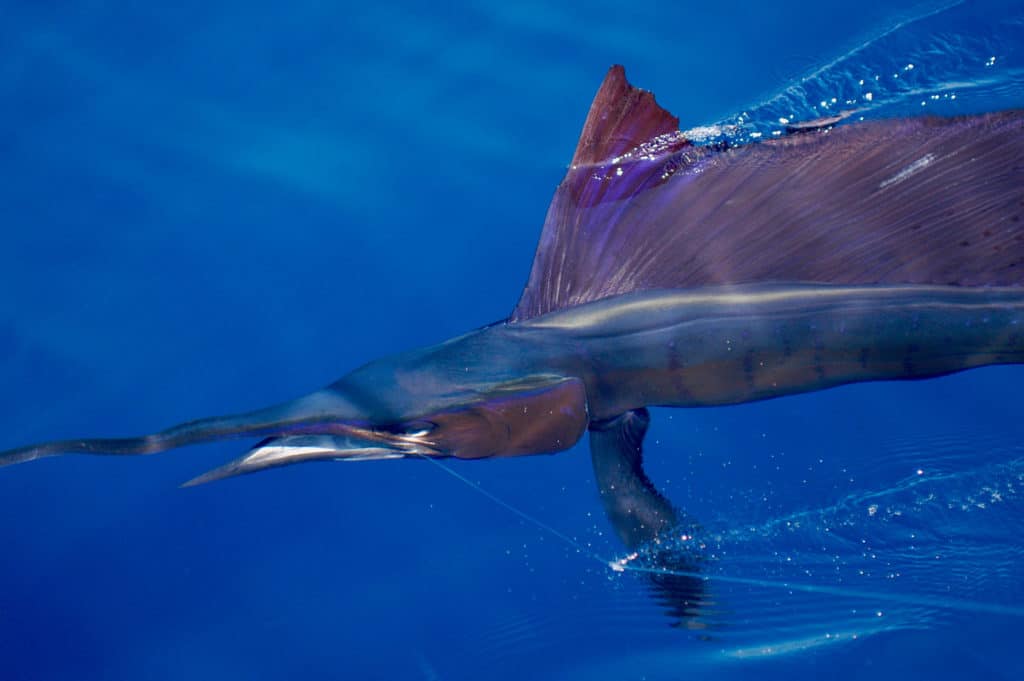
But… Not so cheap is the airfare to Nairobi, which will set you back in the vicinity of a couple grand.
Contact: Hemingways Watamu
Malaysia — Kuala Rompin
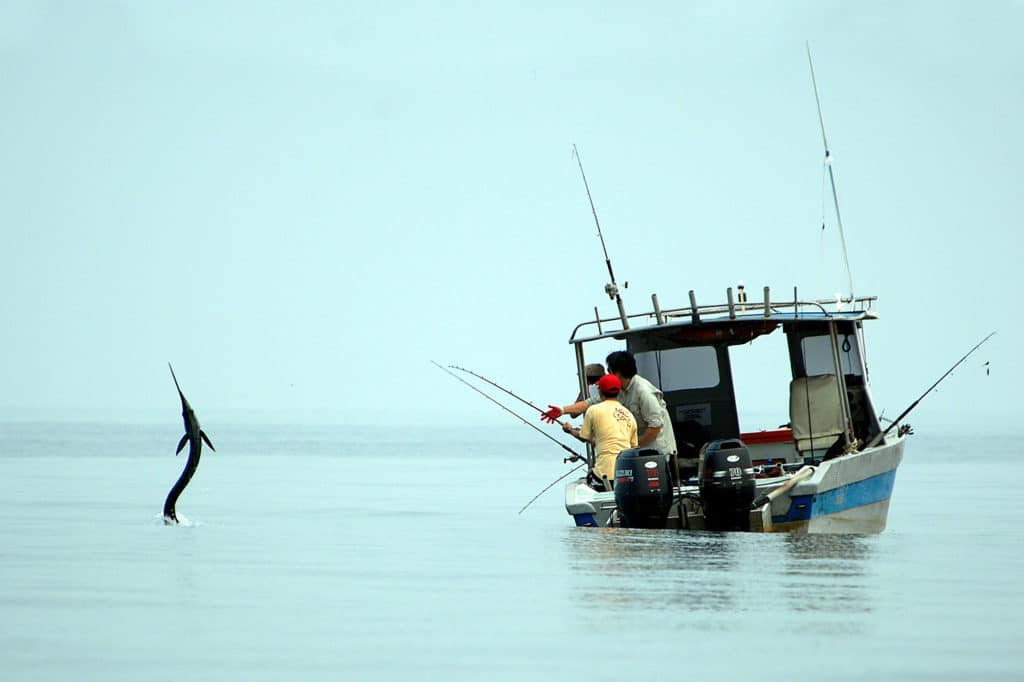
With conditions on the South China Sea off Malaysia’s ¬southeast coast seldom rougher than your average farm pond, Rompin is very possibly the world’s calmest sailfish hot spot. And hot it has been, since gaining fame as one of the best places on the planet for sailfish (running 50 to 80 pounds) within the past decade years (Sport Fishing was one of the first to feature the fishery in its March 2009 issue).
Why You Should Go: Enjoy quiet fishing, drifting live baits with engines off. Most days you’ll see birds and sails on top of the mirror-smooth sea, and enjoy many multiple hookups. Package trips include ground transportation (from Singapore or Kuala Lumpur), accommodations, meals (with to-die-for dinners) and fishing (including top-quality conventional reels) generally with guides who speak English fluently — and priced to make this one of sailfishing’s best bargains. Plus you’ll experience a ¬fascinating and hospitable corner of Asia.
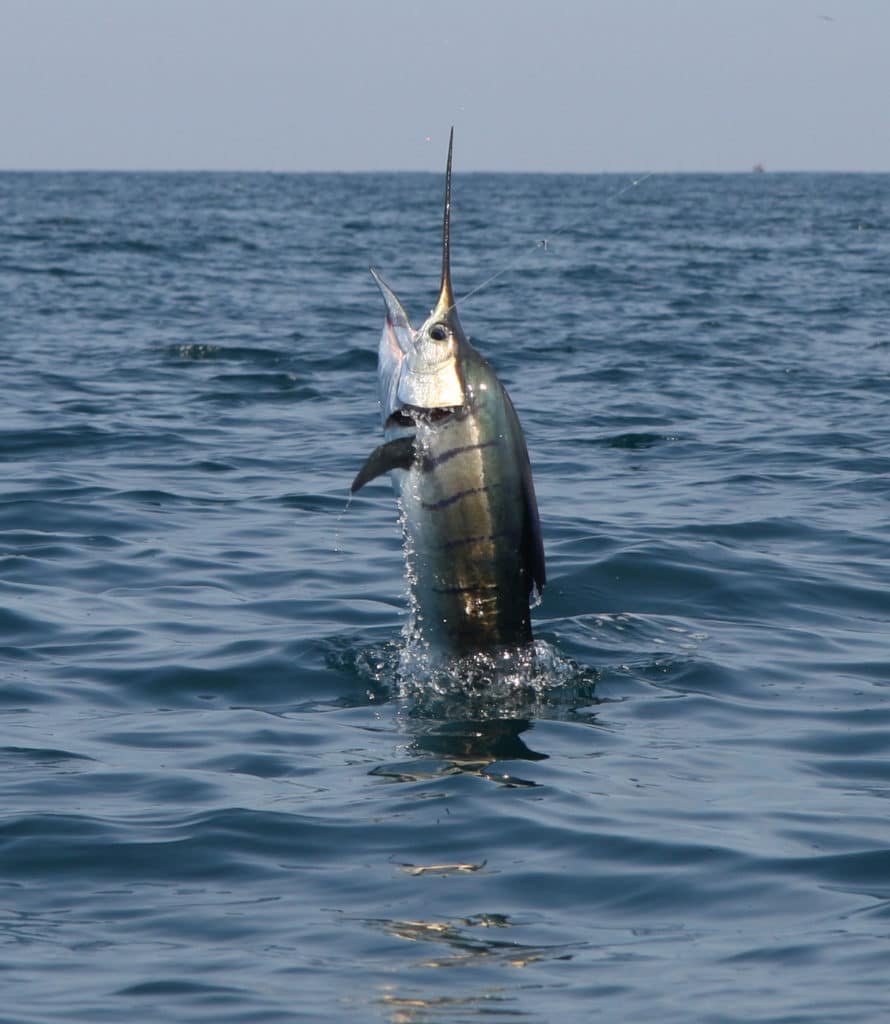
But… The fairly short season lasts from mid-July through October. The shallow, expansive sea offers minimal bycatch of other large game fish. Some operations rely on traditional wooden, open boats that offer shade and space, and work well for fishing here; however, if your taste runs to convertible sportfishers, such operators are also here, now. Allow day plus and two grand for travel.
Contact: Dom Pereira at Billseeker Sportfishing (specializes in fly and light tackle); Blue Oceans Adventures (for larger boats)
Western Australia — Broome
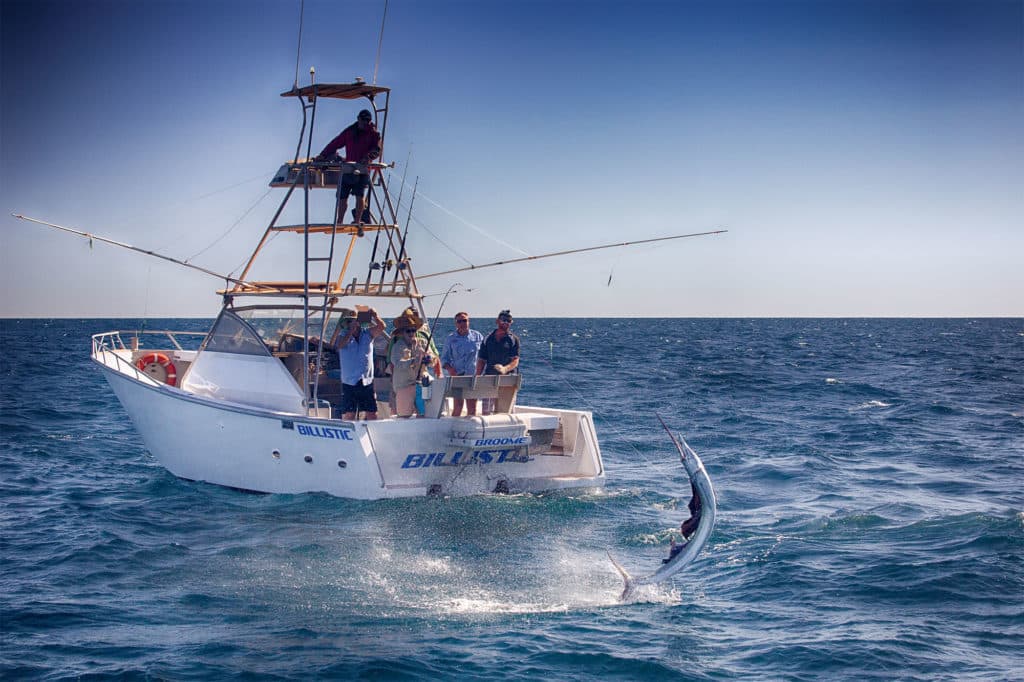
Although known historically more for pearls than sailfish, in angling circles, this small city (pop. 18,000) on Australia’s northwest coast offers reliable odds for memorable Indian Ocean sailfish action during the season, beginning sometime in May and running into November.
Read Next: Top 100 Game Fish
Why You Should Go: Great light-tackle action; many skippers play the bait-and-switch game, so sight-casting opportunities abound. No worries about competition on the grounds here. It’s also a gateway to the amazing Kimberley in Australia’s far Northwest with breathtaking scenery and barramundi fishing. Also check out multiday trips to the incredible Rowley Shoals, 160 miles offshore.
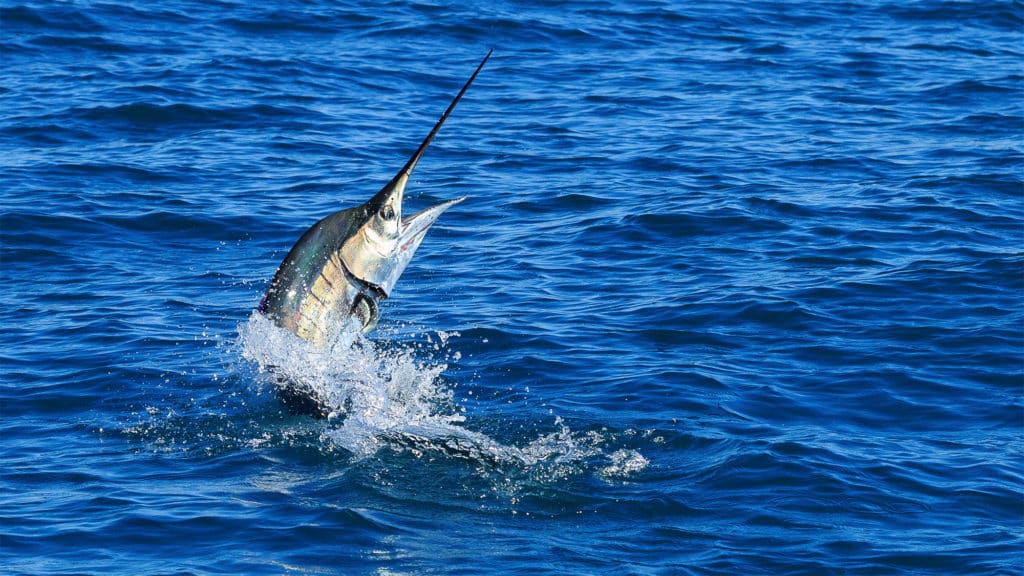
But… Expect a long run of 10 to 35 or more miles over shallow waters to reach sailfish grounds. You’ll find good numbers of fish but of moderate size, running 30 to 70 pounds. And you’ll drop a couple thousand to get here, logging 30 to 40 hours of travel time (about 10,000 miles) from the U .S. each way.
Contact: Capt. Chris Nisbet at Broome Billfish Charters

